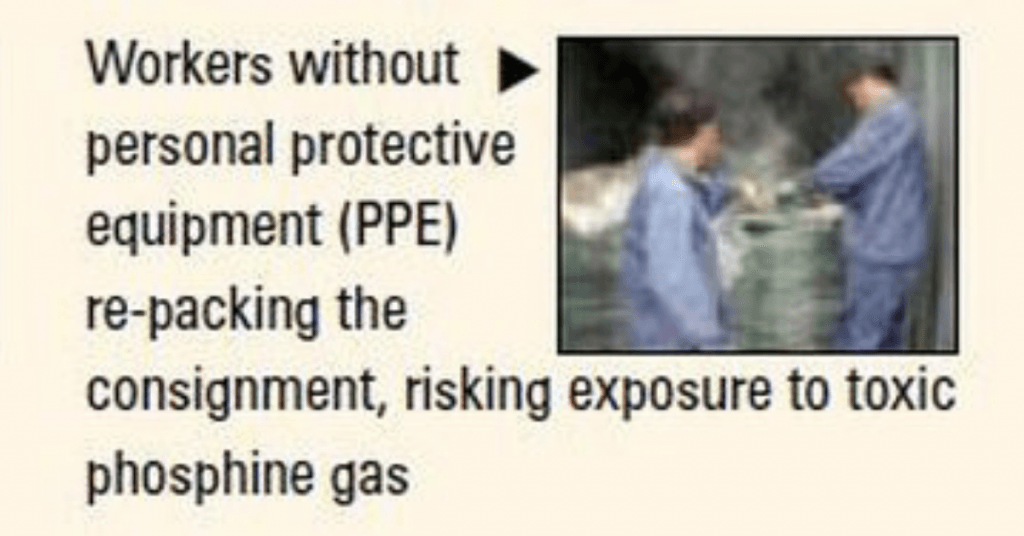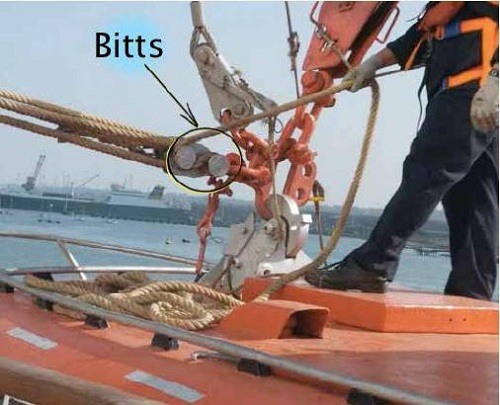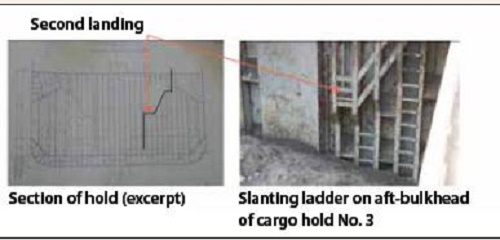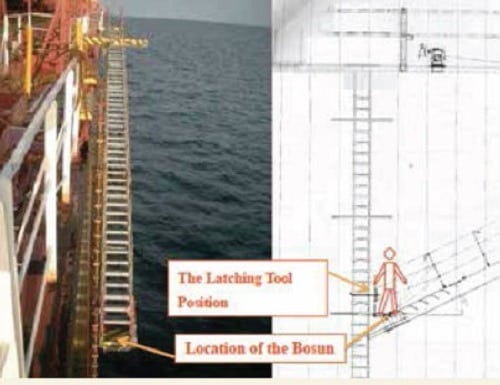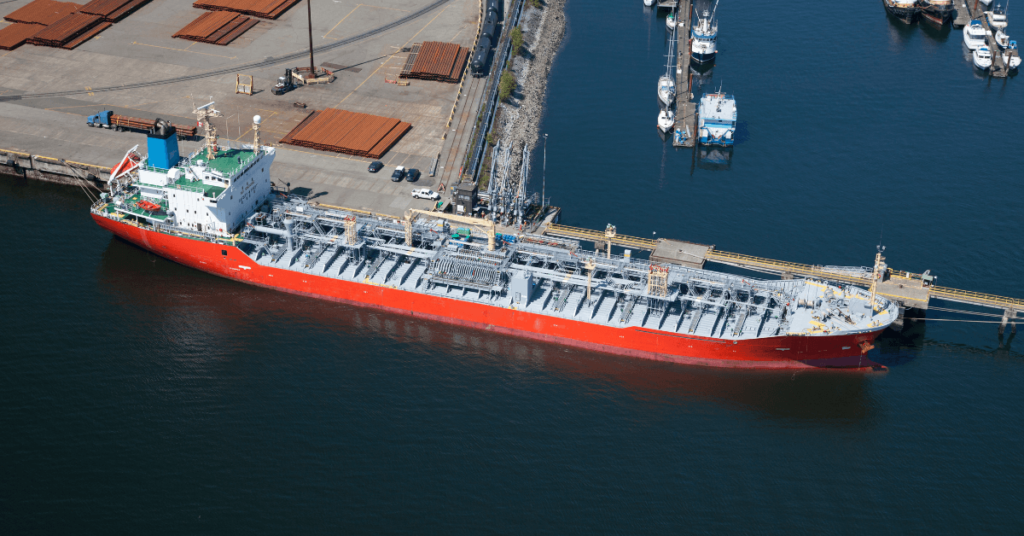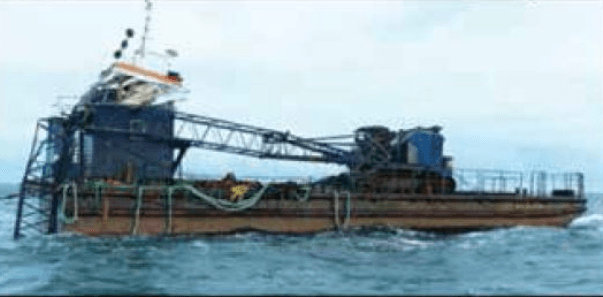Real Life Incident: Poor BRM + Low Situational Awareness = A Bad Day
An excursion passenger vessel arrived off an island where the passengers spent the morning making shoreline excursions in rigid-hulled inflatable boats, observing the wildlife. The weather became unsuitable for small-boat excursions in the afternoon, so the boats were taken back on board.
An OOW was assisting the Master on the bridge and primarily using the vessel’s ECDIS to position the vessel and gain situational awareness. However, the Master and the navigation officer had come to no agreement about a plan, nor had they expressed to each other their expectations.
As a result, and despite the Master wanting to avoid an area identified with overfalls and eddies, no effort was made to establish a no-go zone. Additionally, the ECDIS shallow contour setting was at 6m, which would have rounded up to 10m on the ENC in use at the time of the accident. With this configuration, the shallow contour did not show, as it was effectively the same as the safety depth.
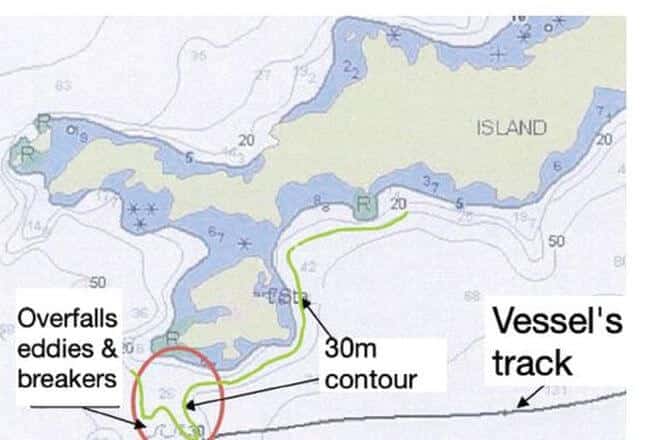
While the Master was focused on manoeuvring the ship to facilitate the safe recovery of the rigid-hulled inflatable boats and communicating with the operation taking place at the ship’s stern, the ship drifted very near the island and it struck an uncharted rock. The rock pierced the hull in an empty void tank, which flooded with water. The damaged compartment had little effect on the ship’s stability, and the ship was able to continue to another island before returning to port for temporary repairs. Nobody was injured.
Some of the findings of the official report were:
- The standard of bridge resource management on board the vessel did not meet good industry practice.
- The electronic chart display and information system were the primary means of navigation on board the vessel, yet the operating crew were not fully familiar with the capabilities and the limitations of the equipment and were not making the best use of it.
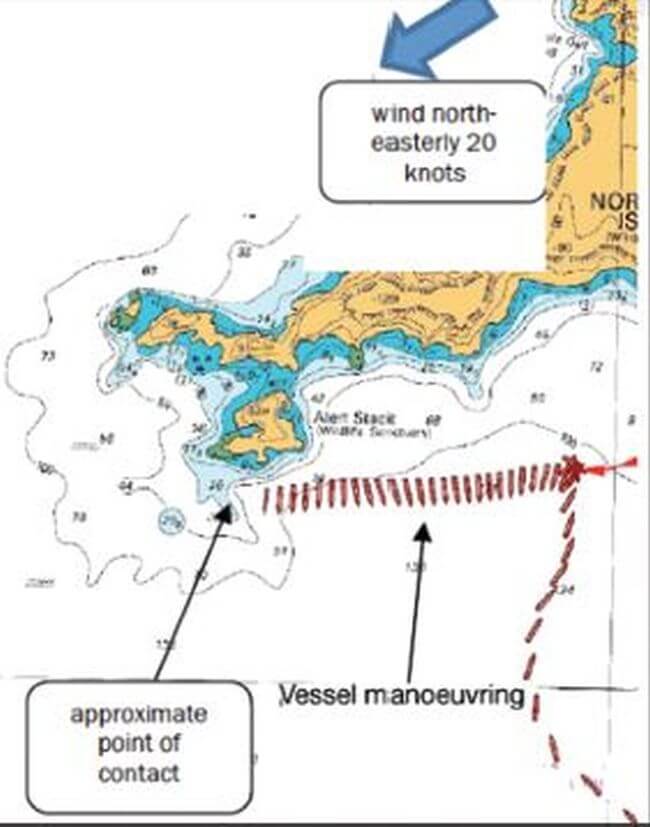
Lessons learned
- Undoubtedly, some rocks and shoals remain uncharted. Coming close to shore in areas where hydrographic information is sparse can be a risky proposition.
- If the shallow contour parameter had been set to 30m, the ECDIS would have displayed a warning or alarmed when the vessel was predicted to cross the 30m contour, thus giving better situational awareness.
- Every part of a ship’s voyage must be planned, and all members of the bridge team must be fully familiar with the plan and agree to it. This is a cornerstone of effective bridge resource management.
- Good bridge resource management relies on a culture where a challenge is welcomed and responded to, regardless of rank, personality or nationality.
Reference: nautinst.org
Do you have info to share with us ? Suggest a correction
About Author
Marine Insight News Network is a premier source for up-to-date, comprehensive, and insightful coverage of the maritime industry. Dedicated to offering the latest news, trends, and analyses in shipping, marine technology, regulations, and global maritime affairs, Marine Insight News Network prides itself on delivering accurate, engaging, and relevant information.

About Author
Marine Insight News Network is a premier source for up-to-date, comprehensive, and insightful coverage of the maritime industry. Dedicated to offering the latest news, trends, and analyses in shipping, marine technology, regulations, and global maritime affairs, Marine Insight News Network prides itself on delivering accurate, engaging, and relevant information.
- Real Life Incident: Vessel Collision in Good Visibility
- Real Life Incident: Severe Injury To Deck Crew While Leaving Berth
- Real Life Incident: Departure Damage in Very Restricted Waterway
- Real Life Incident: Low Situational Awareness Has High Impact Consequence
- Real Life Incident: Fouled Anchor in a Designated Anchorage
- Real Life Incident: Fire On Barge Carrying Scrap Metal Causes $7 Million Worth Of Damage
Latest Case studies Articles You Would Like:
Subscribe To Our Newsletters
By subscribing, you agree to our Privacy Policy and may receive occasional deal communications; you can unsubscribe anytime.










